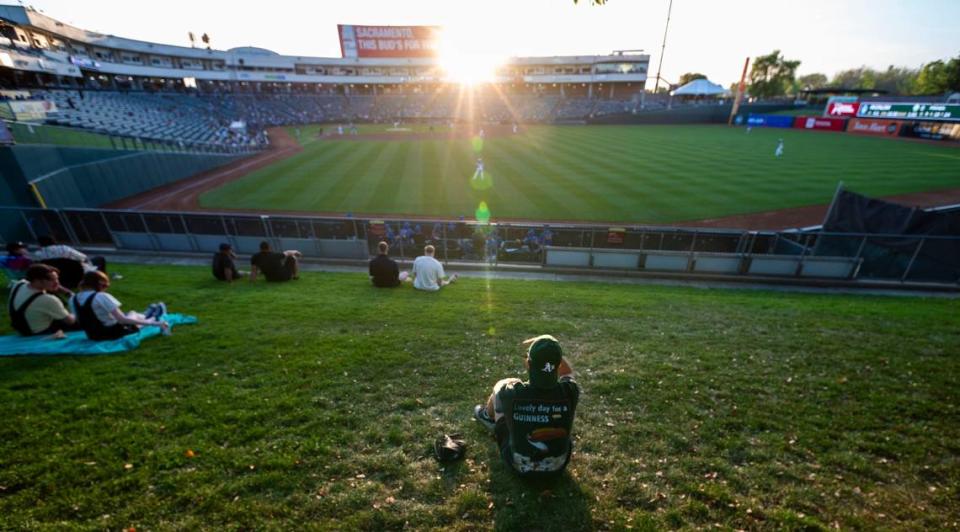The story of Sacramento’s decades-long dream for its very own Major League Baseball team | Opinion
Sacramento’s now realized moment to host a Major League Baseball team has been more than a quarter century in the making, showing what can happen when both sides of the river collaborate as one with entrepreneurs who worked to make it finally happen.
The 1996 Oakland Athletics had record-setting slugger Mark McGwire at first base and an exciting team. Sacramento, meanwhile, had long-term baseball aspirations as well, but no clear path to get there. So the region started its journey for an MLB team.
In September of that same year, a small group — including myself, Yolo County Supervisor Mike McGowan and local sports and business leaders — traveled to Denver. We met with representatives of the Colorado Rockies, civic leaders and local government officials to learn how Denver had brought Major League Baseball to their city.
Opinion
The message from Denver was to prepare to take one step at a time. They explained how they had used their successful Triple A team as the primary argument to MLB officials and team owners to support their quest to be awarded a major league franchise.
Despite Sacramentans showing their clear support for our very own MLB team (including thousands of Sacramentans traveling to Oakland to an A’s game), it was apparent that, as long as two MLB teams were located in the Bay Area, our chances of attracting a third team to Northern California were extremely limited.
As a result, we set a course to follow the model used in Denver. We hoped that we could bring Triple A baseball to Sacramento, which we were confident would be resoundingly popular and lay the foundation for seeking an MLB franchise if the opportunity were to present itself.
When the Triple A River Cats opened play on March 15, 2000, in the brand new Raley Field in West Sacramento, the occasion marked the triumphant return of professional baseball to the Sacramento region. Reaching that celebratory moment had been built on the passionate work of Warren Smith and Bob Hemond, who had the dream of returning baseball to Sacramento, as well as Art Savage, who chose Sacramento as the place to relocate the Vancouver Triple A franchise he had acquired.
To get the new ballpark built, the West Sacramento City Council, the Yolo County Board of Supervisors and the Sacramento County Board of Supervisors joined together to create the Joint Powers Authority and finance the construction of the ballpark.
Since that opening day in 2000, the River Cats have been one of the leading Triple A baseball teams in the nation. First, as an affiliate of the Oakland A’s, and, in more recent years, as part of the San Francisco Giants farm system, the River Cats have been among the best in both attendance and performance on the field. Over the years, tens of thousands of fans, especially young ones, have enjoyed sunny afternoons and warm evenings at the ballpark, watching current and future major leaguers in a friendly, fun and exciting setting.
With the recent announcement that the A’s will now come to West Sacramento for a scheduled three seasons, the circumstances we could have only ever imagined have finally arrived.
While we have great empathy for the city of Oakland and for A’s fans in the Bay Area, events have provided us a unique opportunity to demonstrate that our successful Triple A team can now be the foundation for earning our very own MLB team. And our support of the A’s while they play at Sutter Health Park can be the closing argument for an award of a MLB franchise — perhaps the A’s themselves or a team through league expansion.
Our sports future will play out as events unfold. Our strategy, devised in 1996, has given us great experiences and wonderful memories for the past 25 years and put us in a position to realize the dream of major league baseball right here in our backyard.
Play ball!
Roger Dickinson is a former Sacramento County supervisor and state assemblyman and a current candidate for the Sacramento City Council. He was heavily involved in the building of Raley Field (now Sutter Health Park).


